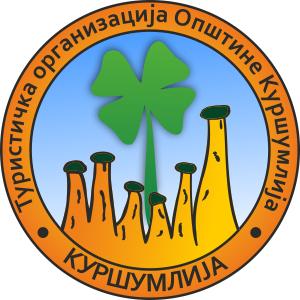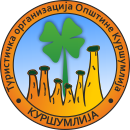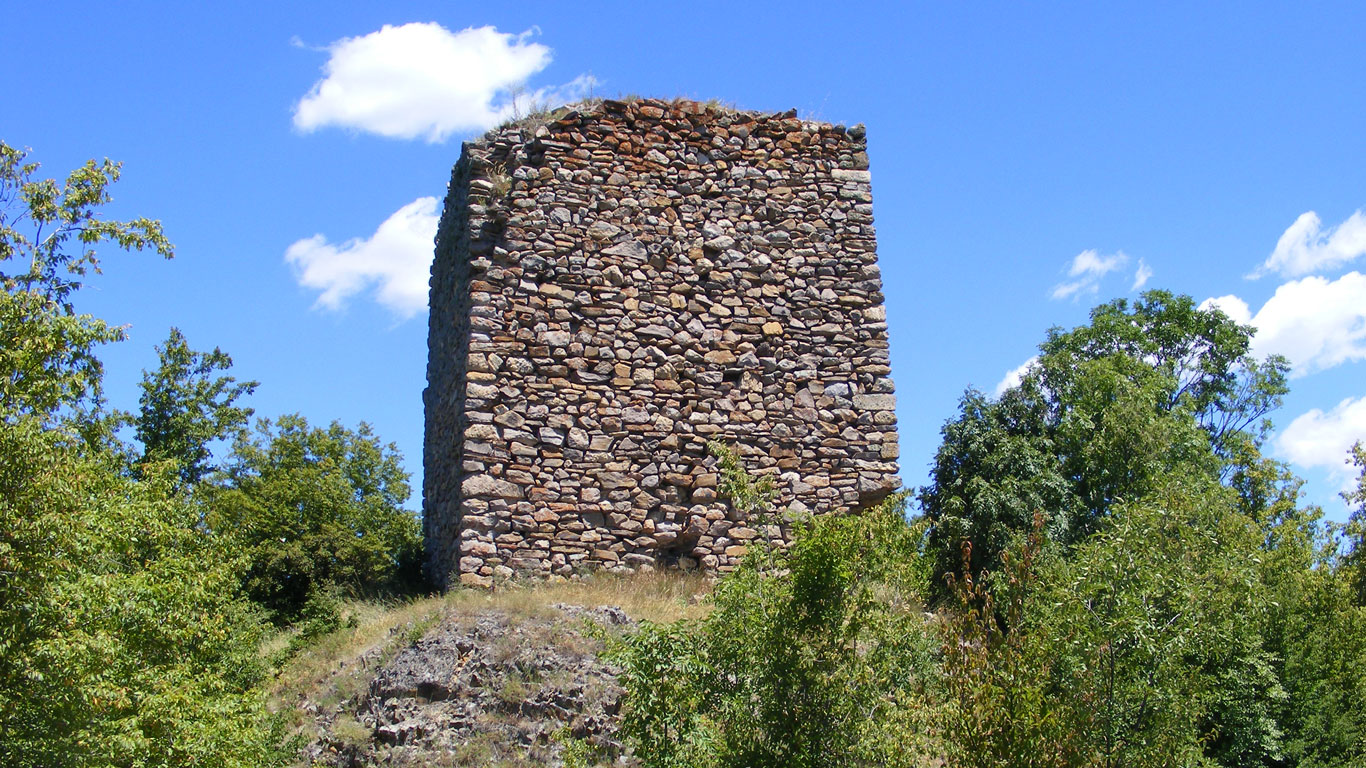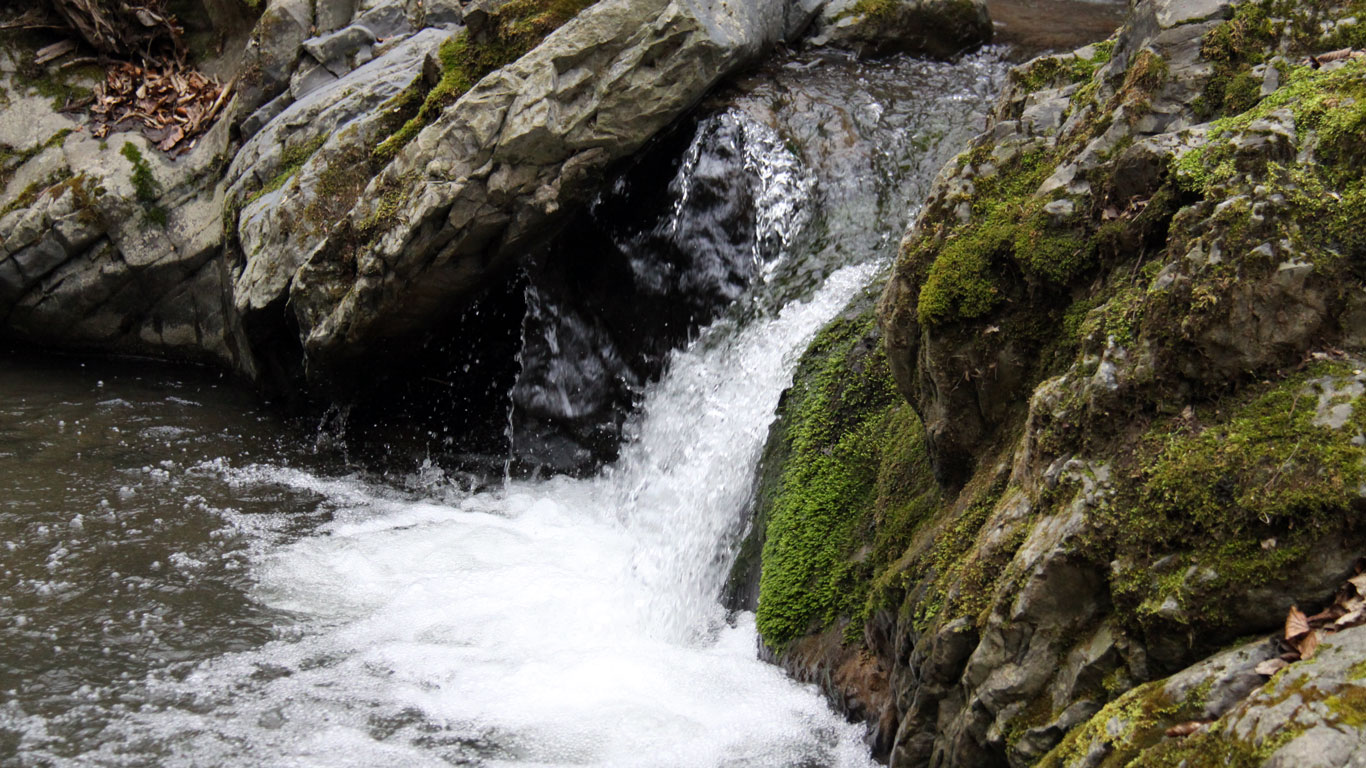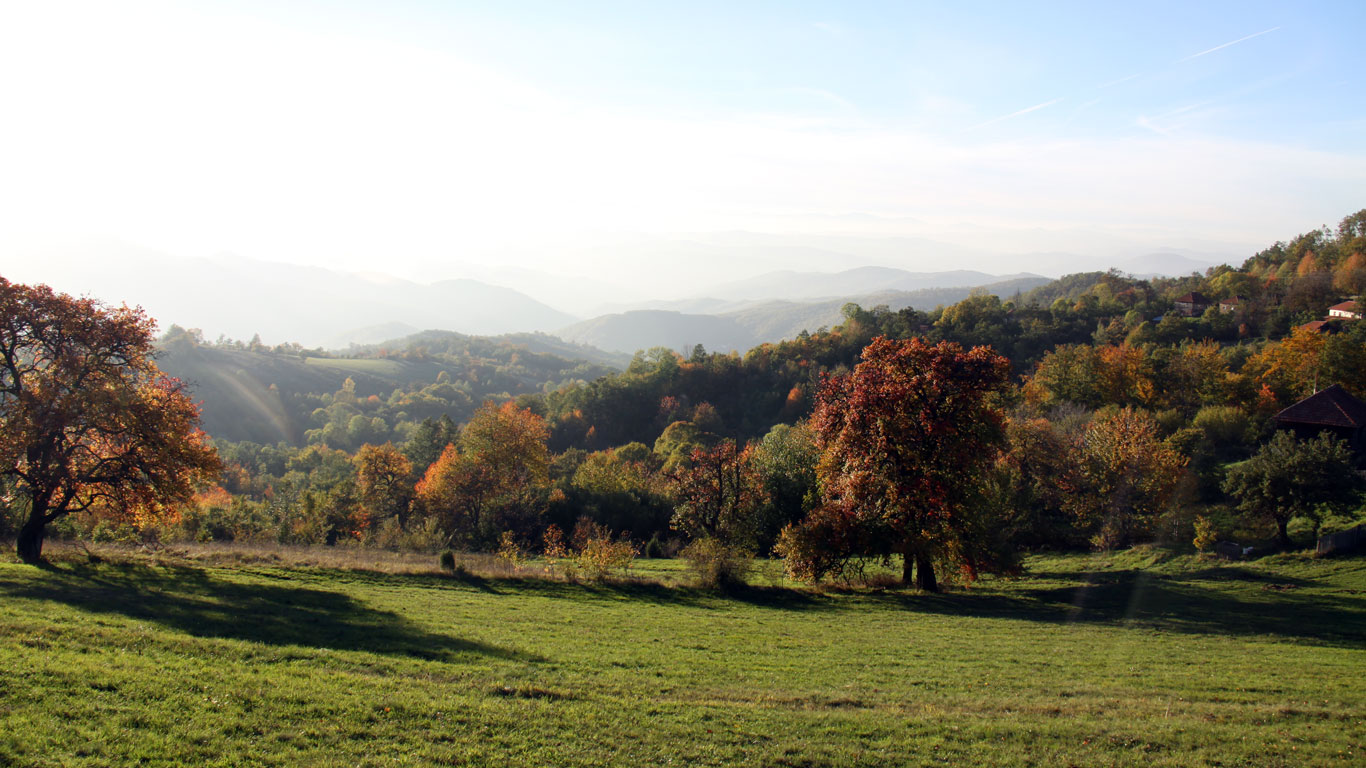The area of the nature park “Radan” is located in southern Serbia, between the upper reaches of the river Kosanica in the west and Jablanica in the south. The central part of the space is filled with the Radan mountain massif, after which the entire area of natural resources is named. In the east, the slopes of the Radan mountain over the hills gradually turn into the Leskovac valley. The highest peak of Radan is Šopot (1,408 m).
The largest part of this nature park belongs to the territory of the municipality of Kursumlija, and a smaller part to the territories of the municipalities of Prokuplje, Bojnik, Lebane and Medvedja.
The “Radan” nature park has been placed under protection in order to preserve geological, biological and landscape diversity, and especially to preserve various forms of volcanic relief; Lecko andesitic massif, the highest and largest volcanic complex in Serbia.
The relatively low altitude of Radan Mountain has influenced the potential vegetation of the entire area to be forest. The flora includes 751 plant species from 91 families and 369 genera, which represents about 10% of the flora of the Balkan Peninsula and 22% of the flora of Serbia.
Of the fish species present, brown trout, perch, chub, vijun and perch are of importance. The area of Radan is characterized by a relatively large wealth of birds of 107 species or about 30% of the total number of bird species in Serbia. The mammal fauna has all the characteristics of the typical fauna of European deciduous, mixed and coniferous forests, and it consists of at least 45 species.
In the wider area of Radan, there are dozens of objects of monumental heritage that are specific in terms of time of origin, degree of preservation and artistic values. Among them are: the archeological site Caričin grad (Lebane), Šturac; Golubovac Church (Bojnik), Ivanje; remains of the Church of Fiery Mary (Bojnik), Borince; Marino kale (Bojnik), Magas; Church of St. Lazar (Kursumlija, Prolom).
